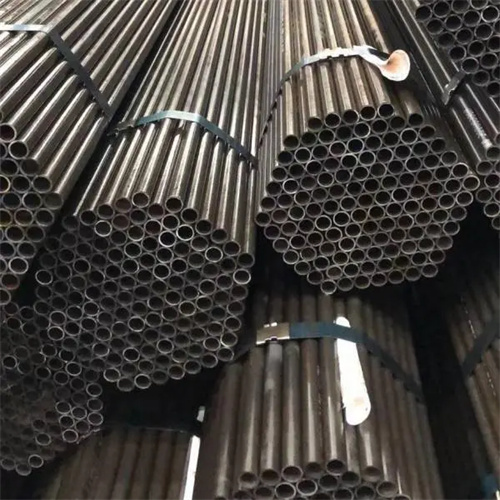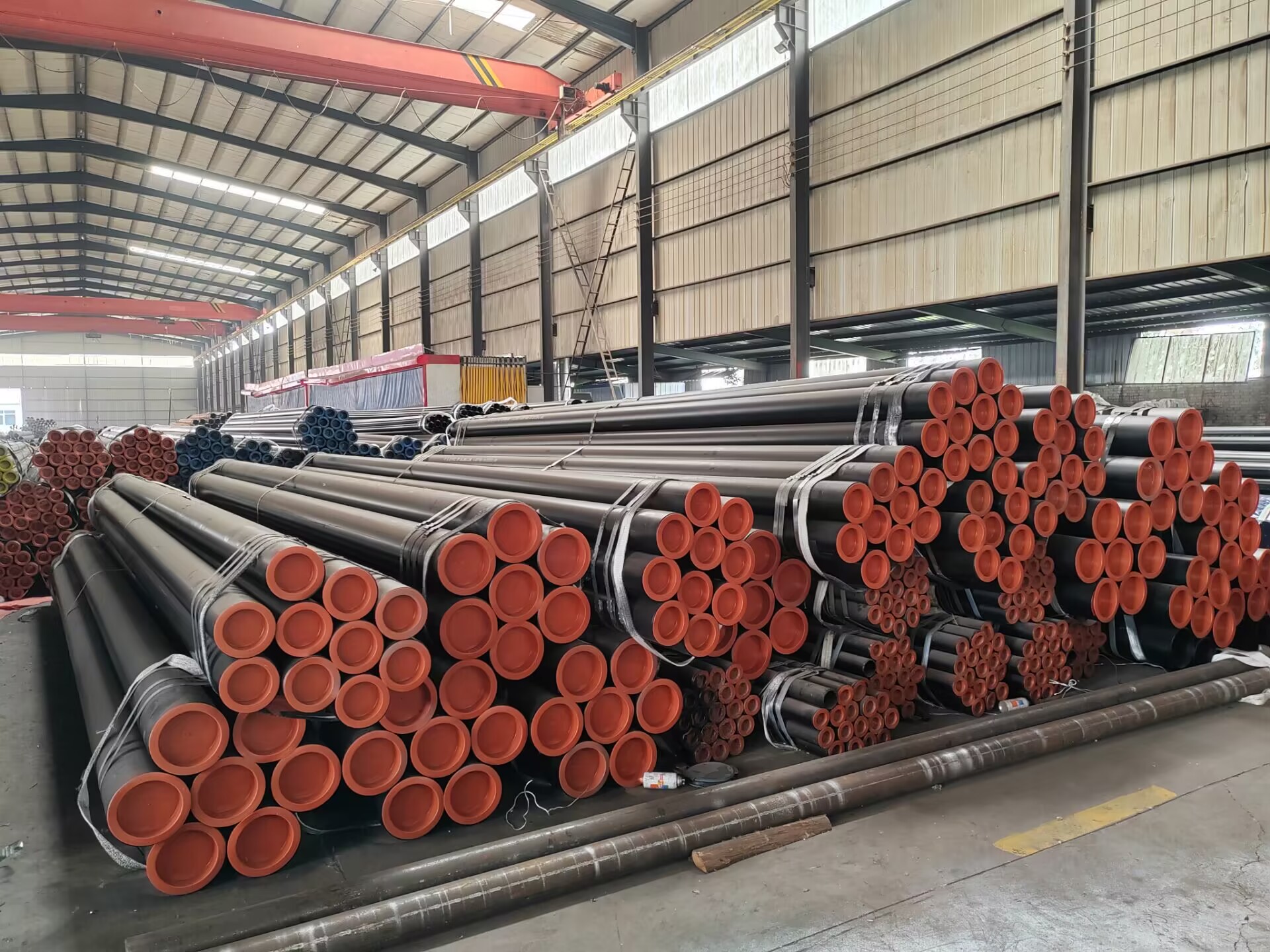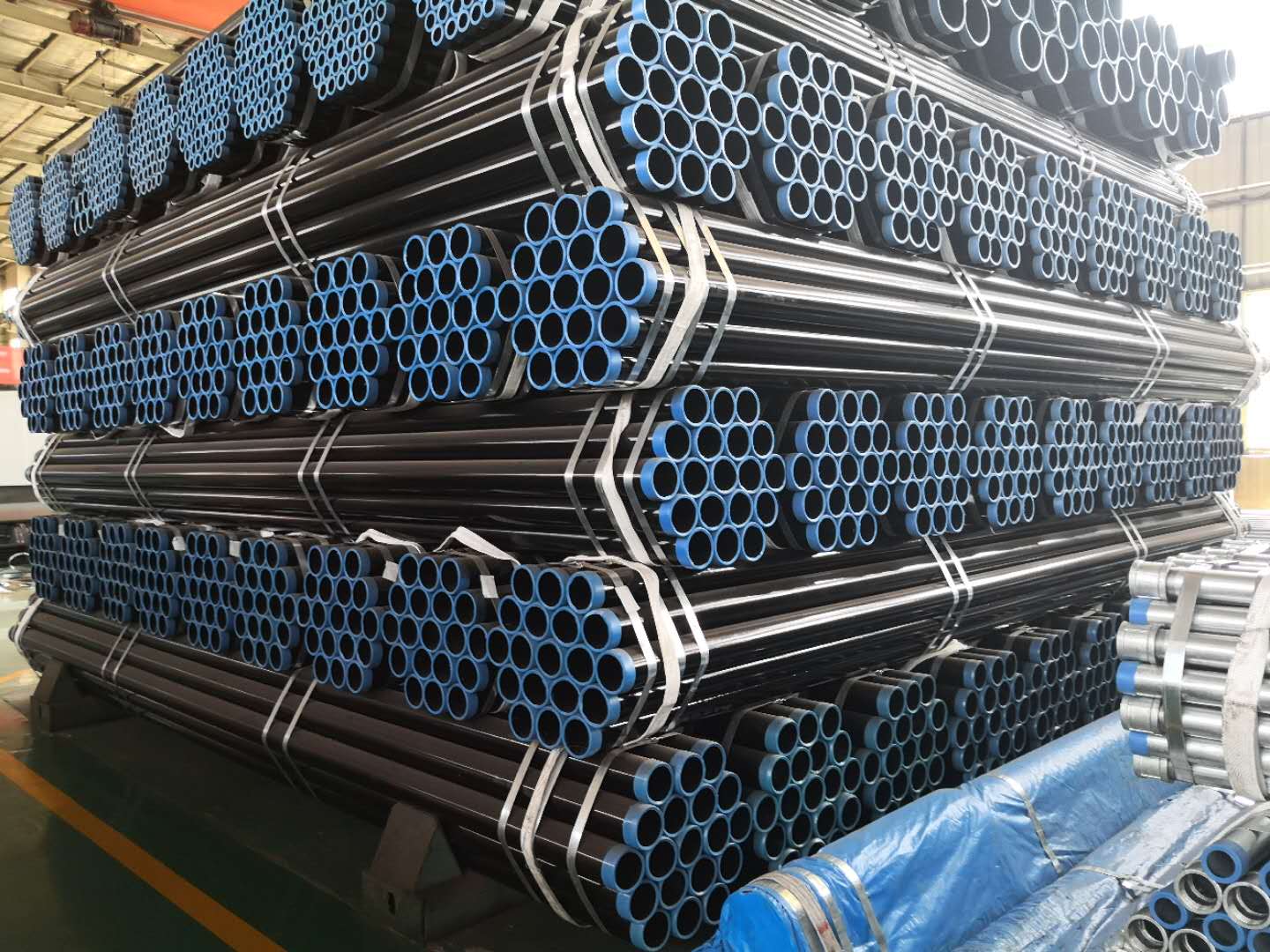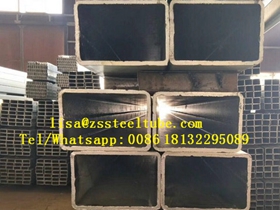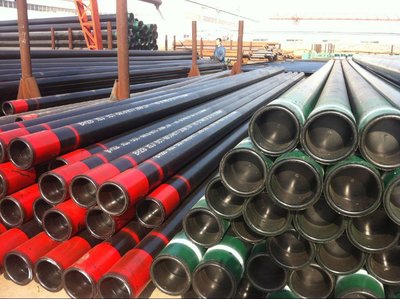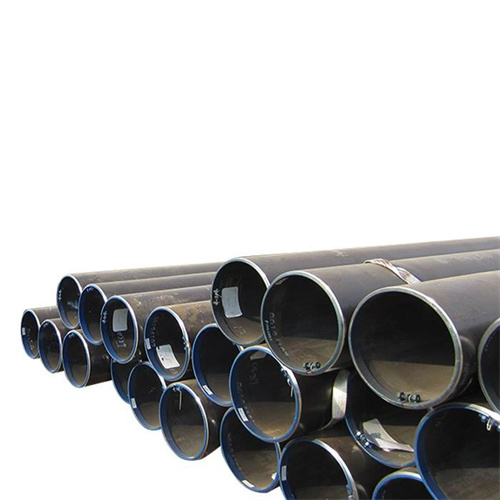مزايا استخدام أنابيب الفولاذ المقاوم للصدأ ASTM 304 و316L في التطبيقات الصناعية
تُستخدم الأنابيب الفولاذية المقاومة للصدأ على نطاق واسع في التطبيقات الصناعية المختلفة نظرًا لمتانتها ومقاومتها للتآكل وقوتها العالية. من بين الدرجات المختلفة للفولاذ المقاوم للصدأ المتوفرة، يعد ASTM 304 و316L من الدرجات الأكثر استخدامًا لأنابيب الفولاذ المقاوم للصدأ الملحومة غير الملحومة BA في الصناعة.
إحدى المزايا الرئيسية لاستخدام أنابيب الفولاذ المقاوم للصدأ ASTM 304 و316L هي خصائصها مقاومة ممتازة للتآكل. تحتوي هذه الدرجات من الفولاذ المقاوم للصدأ على نسبة أعلى من الكروم، الذي يشكل طبقة أكسيد واقية على سطح المادة، مما يمنع التآكل والصدأ. وهذا يجعلها مثالية للاستخدام في البيئات القاسية حيث يكون التعرض للرطوبة أو المواد الكيميائية أو درجات الحرارة المرتفعة أمرًا شائعًا.
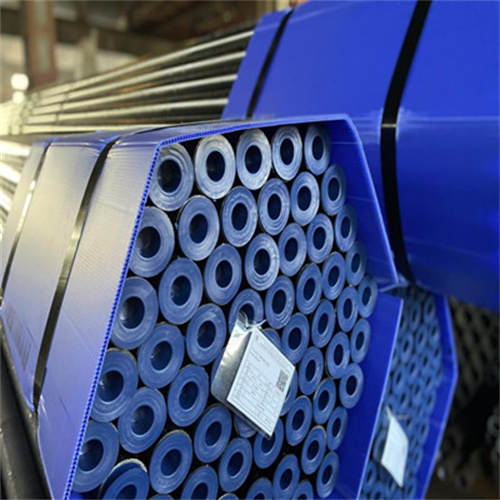
الاختلافات الرئيسية بين أنابيب الفولاذ المقاوم للصدأ الملحومة وغير الملحومة في صناعة ASTM 304 316L
تستخدم الأنابيب الفولاذية المقاومة للصدأ على نطاق واسع في مختلف الصناعات بسبب متانتها ومقاومتها للتآكل وجاذبيتها الجمالية. في صناعة ASTM 304 316L، يتم استخدام الأنابيب الفولاذية المقاومة للصدأ الملحومة وغير الملحومة بشكل شائع. في حين أن كلا النوعين من الأنابيب يخدمان نفس الغرض، إلا أن هناك اختلافات رئيسية بينهما يمكن أن تؤثر على أدائها وملاءمتها لتطبيقات مختلفة.
أحد الاختلافات الرئيسية بين أنابيب الفولاذ المقاوم للصدأ الملحومة وغير الملحومة هي عملية التصنيع. يتم تصنيع الأنابيب الملحومة عن طريق لحام قطعتين من الفولاذ المقاوم للصدأ معًا، بينما يتم إنتاج الأنابيب غير الملحومة عن طريق بثق قطعة صلبة من الفولاذ المقاوم للصدأ. يؤدي هذا الاختلاف الأساسي في طرق الإنتاج إلى اختلافات في الخصائص الفيزيائية للأنابيب.
يعد إنتاج الأنابيب الفولاذية الملحومة أقل تكلفة بشكل عام من إنتاج الأنابيب غير الملحومة، مما يجعلها خيارًا فعالاً من حيث التكلفة للعديد من التطبيقات. ومع ذلك، يمكن أن تؤدي عملية اللحام إلى ظهور شوائب وإضعاف المادة، مما قد يقلل من القوة الإجمالية ومقاومة التآكل للأنبوب. في المقابل، تعتبر الأنابيب غير الملحومة أقوى وأكثر موثوقية بسبب هيكلها الموحد وعدم وجود طبقات لحام.
هناك فرق مهم آخر بين أنابيب الفولاذ المقاوم للصدأ الملحومة وغير الملحومة وهو مظهرها. عادةً ما تحتوي الأنابيب الملحومة على طبقات لحام مرئية يمكن أن تنتقص من المظهر الجمالي للمنتج النهائي. في المقابل، تتمتع الأنابيب غير الملحومة بسطح أملس مصقول وخالي من أي طبقات مرئية، مما يجعلها مثالية للتطبيقات التي يكون المظهر مهمًا فيها.
من حيث الأداء، تُفضل الأنابيب غير الملحومة المصنوعة من الفولاذ المقاوم للصدأ بشكل عام للضغط العالي والعالي – تطبيقات درجات الحرارة بسبب قوتها الفائقة ومقاومتها للتآكل. من ناحية أخرى، قد تكون الأنابيب الملحومة أكثر عرضة للتآكل عند طبقات اللحام، مما يجعلها أقل ملاءمة لبيئات معينة.
عندما يتعلق الأمر بالتركيب والصيانة، غالبًا ما يكون العمل باستخدام الأنابيب المصنوعة من الفولاذ المقاوم للصدأ الملحومة أسهل من الأنابيب غير الملحومة . يمكن قطع الأنابيب الملحومة ولحامها بأطوال مخصصة في الموقع، مما يجعلها خيارًا مرنًا لمجموعة واسعة من التطبيقات. من ناحية أخرى، يتم توفير الأنابيب غير الملحومة عادةً بأطوال ثابتة وقد تتطلب معدات متخصصة للقطع واللحام.
في الختام، تتمتع كل من أنابيب الفولاذ المقاوم للصدأ الملحومة وغير الملحومة بمزاياها وعيوبها في صناعة ASTM 304 316L. تعتبر الأنابيب الملحومة فعالة من حيث التكلفة وسهلة العمل بها، ولكنها قد تكون أقل متانة وعرضة للتآكل. من ناحية أخرى، توفر الأنابيب غير الملحومة قوة فائقة ومقاومة للتآكل، ولكنها تأتي بتكلفة أعلى. في النهاية، يعتمد الاختيار بين الأنابيب الملحومة وغير الملحومة على المتطلبات المحددة للتطبيق وخصائص الأداء المطلوبة.
Stainless steel tubes are widely used in various industries for their durability, Corrosion resistance, and aesthetic appeal. In the ASTM 304 316L industry, both welded and Seamless Ba stainless steel tubes are commonly used. While both types of tubes serve the same purpose, there are key differences between them that can impact their performance and suitability for different applications.
One of the main differences between welded and seamless Ba stainless steel tubes is the manufacturing process. Welded tubes are made by Welding together two pieces of stainless steel, while seamless tubes are produced by extruding a solid billet of stainless steel. This fundamental difference in production methods results in variations in the physical properties of the tubes.
Welded stainless steel tubes are generally less expensive to produce than seamless tubes, making them a cost-effective option for many applications. However, the welding process can introduce impurities and weaken the Material, potentially reducing the overall strength and corrosion resistance of the tube. In contrast, seamless tubes are considered to be stronger and more reliable due to their uniform structure and lack of weld seams.
Another important difference between welded and seamless Ba stainless steel tubes is their appearance. Welded tubes typically have visible weld seams that can detract from the aesthetic appeal of the finished product. In contrast, seamless tubes have a smooth, polished surface that is free of any visible seams, making them ideal for applications where appearance is important.
In terms of performance, seamless Ba stainless steel tubes are generally preferred for high-pressure and high-temperature applications due to their superior strength and resistance to corrosion. Welded tubes, on the other hand, may be more prone to corrosion at the weld seams, making them less suitable for certain environments.
When it comes to installation and maintenance, welded stainless steel tubes are often easier to work with than seamless tubes. Welded tubes can be cut and welded to custom lengths on-site, making them a flexible option for a wide range of applications. Seamless tubes, on the other hand, are typically supplied in fixed lengths and may require specialized equipment for cutting and welding.
In conclusion, both welded and seamless Ba stainless steel tubes have their own advantages and disadvantages in the ASTM 304 316L industry. Welded tubes are cost-effective and easy to work with, but may be less durable and prone to corrosion. Seamless tubes, on the other hand, offer superior strength and corrosion resistance, but come at a higher cost. Ultimately, the choice between welded and seamless tubes will depend on the specific requirements of the application and the desired performance characteristics.

